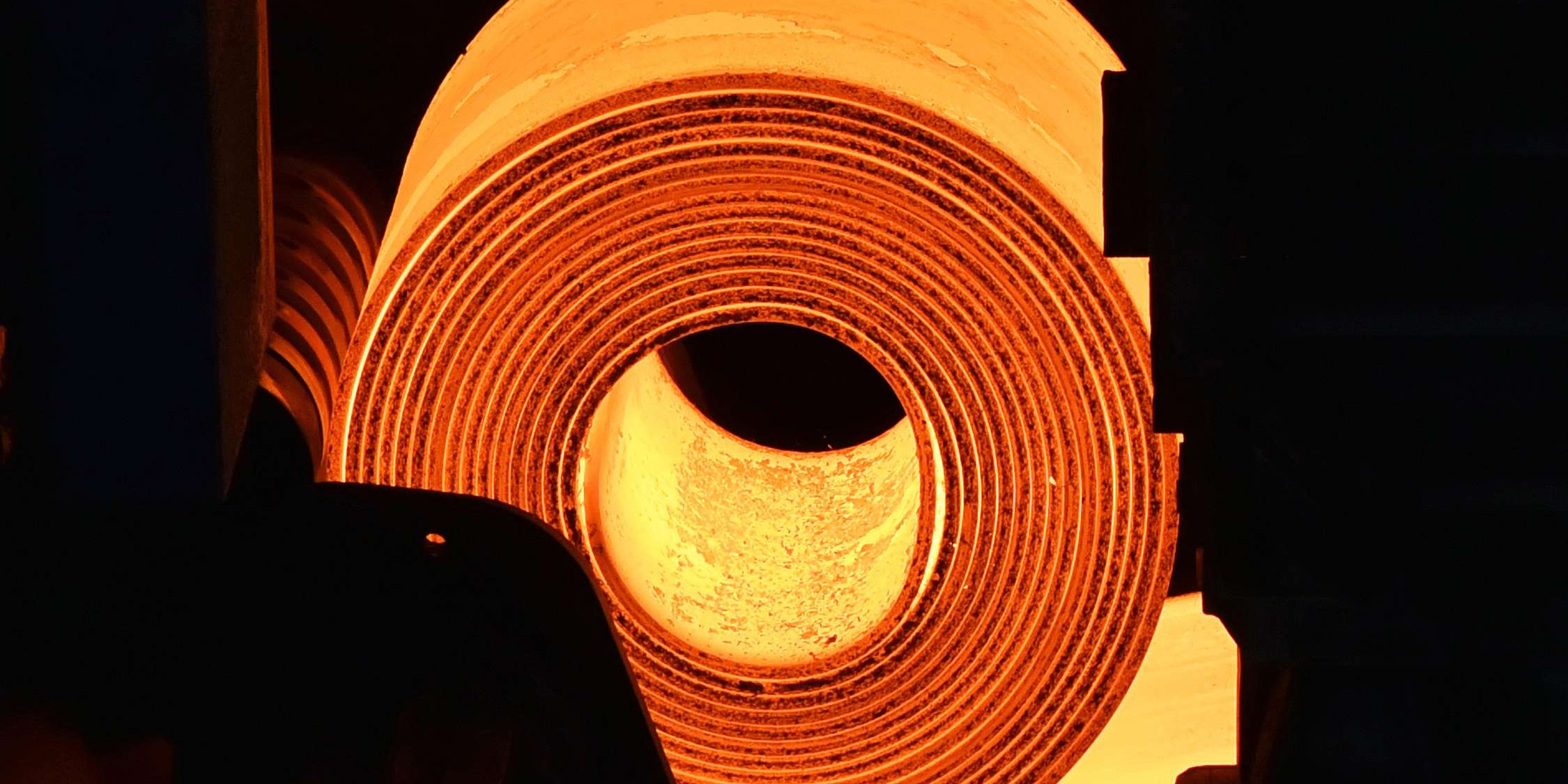סלילי פלדת פחמן הם חומר רב-תכליתי ונפוץ בתעשיות שונות, ובמיוחד בבנייה. הם מיוצרים על ידי גלגול חם או קר של פלדה לרצועות ארוכות ולאחר מכן גלילתן לצורך הובלה ועיבוד. תכונותיהם של סלילי פלדת פחמן נקבעות בעיקר על ידי ההרכב הכימי שלהם, המשפיע על התנהגותם המכנית והתאמתם ליישומים שונים.

תכולת יסודות אופיינית (דוגמה: ASTM A36)
- פחמן (C): 0.25-0.29%
- מנגן (Mn): 1.03-1.05%
- סיליקון (Si): 0.20%
- נחושת (Cu): 0.20%
- גופרית (S): 0.05% (מקסימום)
- זרחן (P): 0.04% (מקסימום)
- ברזל (Fe): איזון
תכונות פיזיקליות
התכונות הפיזיקליות של סלילי פלדת פחמן מושפעות מההרכב הכימי שלהם ומשיטות העיבוד שלהם. התכונות העיקריות כוללות:
- כּוֹחַ:היכולת לעמוד במאמץ מבלי להישבר. היא נמדדת בדרך כלל על ידי חוזק כניעה (המאמץ שבו מתרחשת עיוות קבוע) וחוזק מתיחה (המאמץ המרבי שהחומר יכול לעמוד בו לפני שבר).
- קַשִׁיוּת:העמידות בפני שקעים או שריטות. היא נמדדת לעתים קרובות באמצעות מבחני קשיות רוקוול או ברינל.
- מְשִׁיכוּת:היכולת להתעוות ללא שבירה. חשובה לפעולות עיצוב וכיפוף.
- רְתִיכוּת:היכולת לחבר באמצעות ריתוך. לפלדה דלת פחמן יש יכולת ריתוך מצוינת, בעוד שפלדה עתירת פחמן מאתגרת יותר לריתוך.
- צְפִיפוּת:כ-7.85 גרם/סמ"ק
יישומי פלדת פחמן
פלדת פחמן נפוצה בציוד מטבח בשל עמידותה בפני קורוזיה וחום
- כיורי מטבח
- סכו"ם
- שולחנות הכנת אוכל
פלדת פחמן משמשת גם באדריכלות בגלל חוזקה ועמידותה, רק ביישומים שונים
- גשרים
- אנדרטאות ופסלים
- בניינים
פלדת פחמן משמשת גם בתעשיית הרכב בשל חוזקה ועמידותה בחום.
- גופי רכב
- קרונות רכבת
- מנועים
מַסְקָנָה
לסיכום, סלילי פלדת פחמן הם חומרים חיוניים בבנייה מסחרית, המציעים שילוב של חוזק, רב-תכליתיות וחסכוניות. הבנת תכונותיהם ויישומיהם חיונית למהנדסים ולקבלנים בתכנון ובנייה של מבנים בטוחים ויעילים.
צרו קשר
זמן פרסום: ינואר-07-2025








